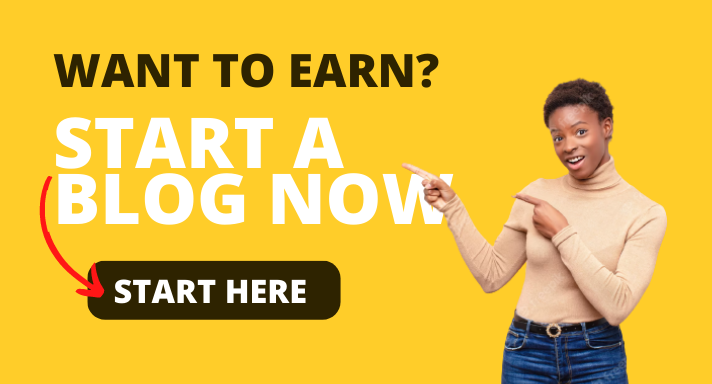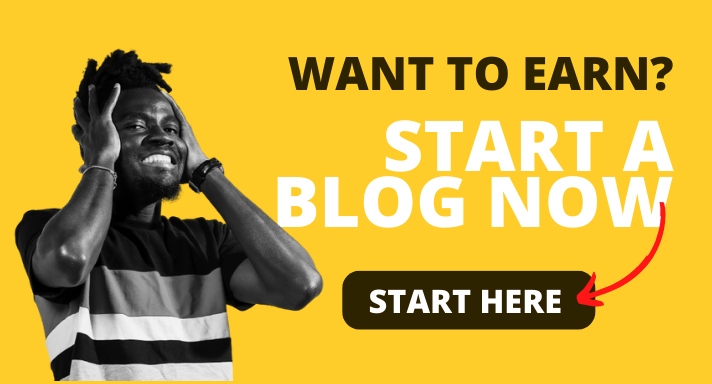If you’re looking to expand your reach as a global merchant or payment service provider in Africa, you’ve likely heard of Flutterwave. In this comprehensive guide, we’ll walk you through the process of how to sell on Flutterwave, covering everything from creating an account to integrating it with your website.
So, let’s dive in and explore how you can leverage Flutterwave’s payment infrastructure to boost your business.
What is Flutterwave?
Flutterwave is a leading Nigerian fintech company that provides a robust payment infrastructure for global merchants and payment service providers across the African continent. Their platform offers a wide array of seamless products for both individuals and businesses, including:
- Sending Money: Easily send money to loved ones or clients.
- Ecommerce Website: Create a free ecommerce website to showcase your products.
- Professional Invoices: Generate professional invoices for your transactions.
- Unique Payment Links: Receive one-off or recurring payments from anyone, anywhere, via a unique payment link.
With such a versatile range of offerings, Flutterwave is an excellent choice for anyone looking to establish an online presence and manage their transactions efficiently. Now, let’s delve into the steps to start selling on Flutterwave.
How to Sell on Flutterwave
Selling on Flutterwave is a straightforward process that involves the following steps:
1. Create a Flutterwave Account
If you’re new to Flutterwave, begin by creating a free account.
If you’re already a registered user, simply log in.
Your account is your gateway to the world of online commerce with Flutterwave.
2. Set Up Your Store
Once you have an account, navigate to the “Store” section on your dashboard. Here, you can create your own store, customize it to your liking, and add your products along with their specifications, including images.
3. Share Your Store Link
With your store set up, it’s time to start selling. Share your store link with potential customers to allow them to browse your products and make purchases.
4. Choose Payment Options
Flutterwave offers a variety of payment options, ensuring that your customers can pay using their preferred method. These options include card payments, bank account transfers, USSD, MPesa, Ghana Mobile Money, and more. You can also create discount codes on your Flutterwave store to attract more buyers.
5. Manage Your Store
Flutterwave provides all the necessary commerce tools in one package. You can easily manage multiple products and variants, handle store management tasks on your mobile device, receive low stock notifications, and even charge delivery fees if needed.
6. Expand Beyond Borders
Leverage Flutterwave’s access to Africa’s largest payments infrastructure to scale your business beyond borders. Reach customers across the continent and grow your online presence.
Now that you know how to get started on Flutterwave, let’s explore the essential details about the fees associated with selling on the platform.
Read also: What Can I Sell on Flutterwave in Nigeria?
What are the Fees for Selling on Flutterwave?
Understanding the fees associated with selling on Flutterwave is crucial for managing your business finances effectively. The fees may vary depending on the type of transaction and the currency used. Here are some examples of fees for different transaction types:
– Local Naira Payments
For local Naira payments, the maximum transaction fee is NGN 2,000.
– Transfers and Payouts in Nigeria
- For transactions from N5,001 to N50,000, the fee is 25 Naira + 7.5% VAT.
- For transactions exceeding N50,001, the fee is 50 Naira + 7.5% VAT.
– GBP Transfers
For GBP transfers, the fee is £35.
– Passing Transaction Charges to Customers
If you choose to pass the transaction charge to your customers, consider the following example:
- The base price of the transaction is NGN 100,000.
- The Flutterwave transaction charge is 1.4% (NGN 1,400).
- The total amount for the customer to pay is NGN 101,400.
Custom pricing is also available for businesses with large-volume or high-value transactions. To learn more about custom pricing, it’s best to contact Flutterwave’s sales team directly.
Additionally, Flutterwave offers various payment options, including card payments, bank account transfers, USSD, MPesa, Ghana Mobile Money, and more, ensuring flexibility for both you and your customers.
How to Integrate Flutterwave with Your Website
Integrating Flutterwave with your website is a crucial step to streamline the payment process for your customers. Here’s a general overview of how to do it:
1. Create or Log In to Your Flutterwave Account
Begin by creating a Flutterwave account if you’re new or logging in if you’re an existing user.
2. Choose the Integration Method
Select the integration method that best suits your website platform and business needs. Flutterwave offers integrations with various platforms, including Shopify, WooCommerce, WordPress, and more.
3. Follow Integration Instructions
Follow the integration instructions provided by Flutterwave for your chosen platform.
For instance, if you’re using WooCommerce, you can refer to a tutorial video on how to integrate Flutterwave payments into your WooCommerce website.
4. Install the Payment Plugin
Install the Flutterwave payment plugin or add the Flutterwave payment API to your website’s code. For WordPress users, you can search for the Flutterwave Payment Forms plugin and install it.
5. Test the Integration
After completing the integration steps, it’s crucial to test the setup to ensure that payments are processed correctly. Utilize Flutterwave’s test mode to simulate transactions and verify that everything is functioning as expected.
With the integration complete and successfully tested, your website is now equipped to accept payments through Flutterwave’s secure payment infrastructure.
Please keep in mind that the specific steps for integration may vary depending on your website platform and chosen integration method. For more detailed information, consult the Flutterwave documentation or reach out to their support team.
What Payment Methods are Supported by Flutterwave?
Flutterwave offers support for a wide range of payment methods, catering to diverse customer preferences. These payment methods include:
- Pay with Cards: Customers can make payments using their credit or debit cards.
- Pay with Bank Accounts: Bank account transfers are another convenient option.
- Pay with MPesa: Mobile money payments are supported.
- Pay with QR Code: Quick and secure QR code payments are available.
- Pay with Mobile Money: Mobile money payments are also accepted.
- Pay with USSD: USSD payments offer an accessible option.
- Pay with Bank Transfer: Traditional bank transfers are supported.
- Pay with Apple Pay: Customers using Apple devices can make payments.
- Pay with Google Pay: Google Pay users can complete transactions effortlessly.
Flutterwave’s reach extends to several countries, including Nigeria, Ghana, Kenya, South Africa, Uganda, Tanzania, the United Kingdom, America, and Europe. In addition to local cards, Flutterwave allows you to receive payments from all Mastercard and Visa Cards, ensuring that you can cater to a global audience.
Keep in mind that the availability of some payment methods may be subject to your location and currency.
For instance, bank account payments are limited to NGN, USD, and ZAR payments, and recurring payments via bank accounts are not supported.
Mobile money payments are available when your currency is set to GHS, and Flutterwave supports payments via MTN, TIGO, AIRTEL, and VODAFONE.
Wrap!
In conclusion, Flutterwave is a powerful platform that empowers merchants and payment service providers across Africa and beyond.
By following the steps outlined in this guide, you can seamlessly set up your store, manage transactions, and integrate Flutterwave with your website.
With a wide range of supported payment methods and a transparent fee structure, Flutterwave provides the tools you need to expand your online business and reach a broader audience.
Don’t miss out on the opportunity to harness the power of Flutterwave for your e-commerce endeavors.
Start selling on Flutterwave today!
Read also:


